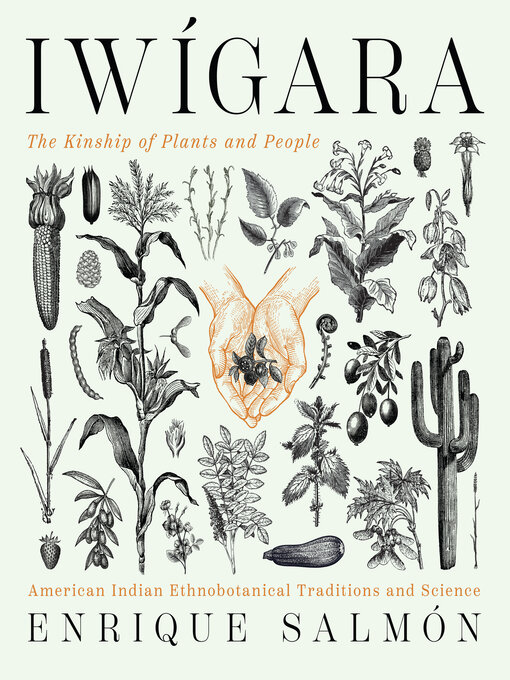"A beautiful catalogue of 80 plants, revered by indigenous people for their nourishing, healing, and symbolic properties." —Gardens Illustrated
The belief that all life-forms are interconnected and share the same breath—known in the Rarámuri tribe as iwígara—has resulted in a treasury of knowledge about the natural world, passed down for millennia by native cultures. Ethnobotanist Enrique Salmón builds on this concept of connection and highlights plants revered by North America’s indigenous peoples.
Salmón teaches us the ways plants are used as food and medicine, the details of their identification and harvest, their important health benefits, plus their role in traditional stories and myths. Discover in these pages how the timeless wisdom of iwígara can enhance your own kinship with the natural world.
- New eBook additions
- Available now
- New kids additions
- New teen additions
- Most popular
- Try something different
- See all ebooks collections
- The Audie Awards
- New audiobook additions
- Available now
- New kids additions
- New teen additions
- Most popular
- Try something different
- See all audiobooks collections
- All Magazines
- Most Popular
- Cooking & Food
- Entertainment
- Home & Garden
- News & Politics
- Newest Editions
- Magazines
- For Adults
- For Kids
- Health & Fitness
- Fashion
- Hobbies & Crafts
- See all magazines collections


